Projects are the heart of your agency. Let’s take a look at how projects work in OOTI, from start to finish.
| Reading time | 6min |
| Setup length | 0min |
| Steps | 0 |
Summary
I/ Definition and Composition of a Project on OOTI
1) Fees with one or several missions
II/ Project Categories
1) Simple project with one or several missions
3) Subcontracting project and/or direct payment subcontracting
I/ Definition and Composition of a Project on OOTI
A project is a set of activities organized in phases or stages and forming the management unit allowing the achievement of a defined and precise objective.
We consider as a project, a business that is alive, in progress and whose fees are part of the estimated turnover: we will then speak of a signed project. We distinguish between projects and opportunities (click hereto find out more).
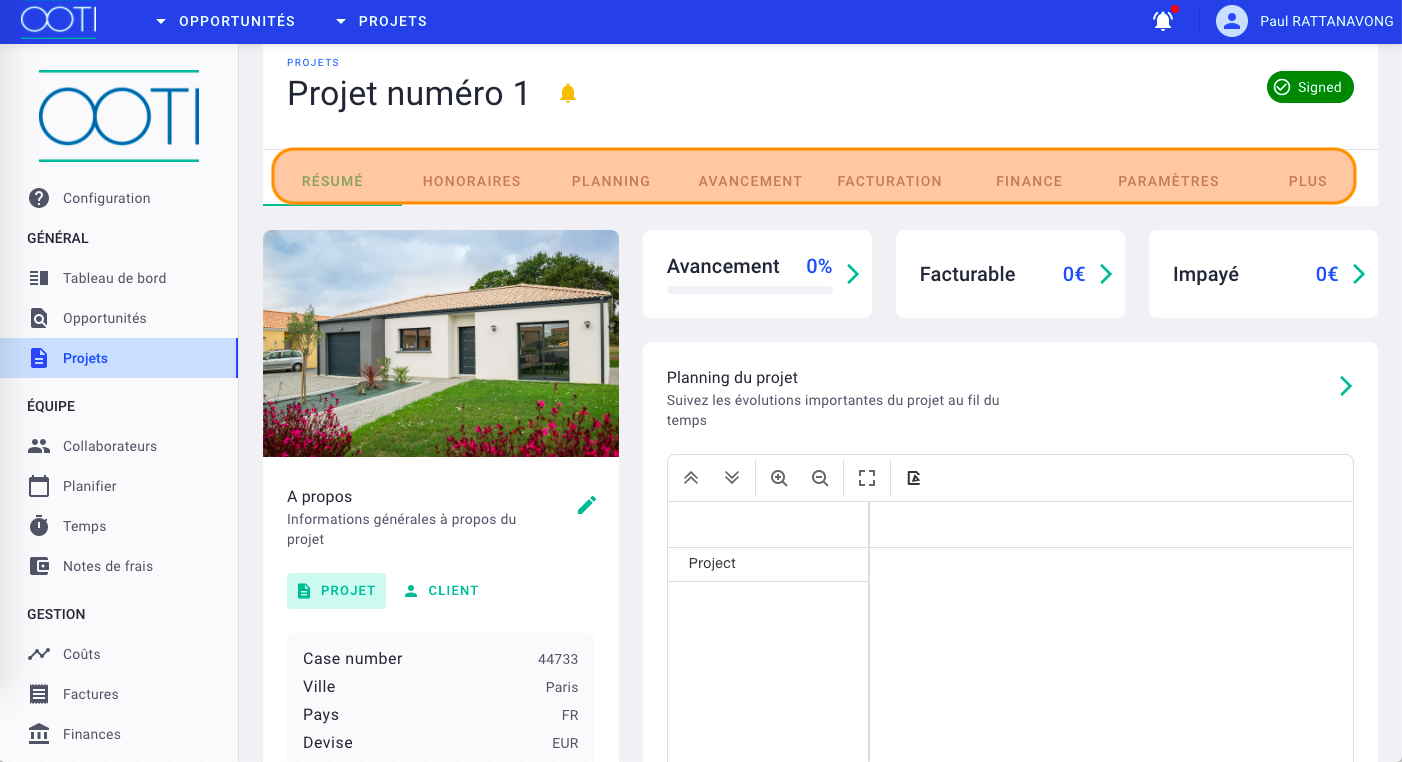
A project is subject to:
1)Fees with one or several missions
Each mission is established, either according to the cost of the work to generate fees, or on a fixed time basis (in days or hours) with a billable rate (selling price), cost brackets etc... In other words, a mission is a contract. A project can have several contracts.
Each mission has phases.
The phases are billing phases: this is what appears on your fee notes, which generates an invoiced turnover.
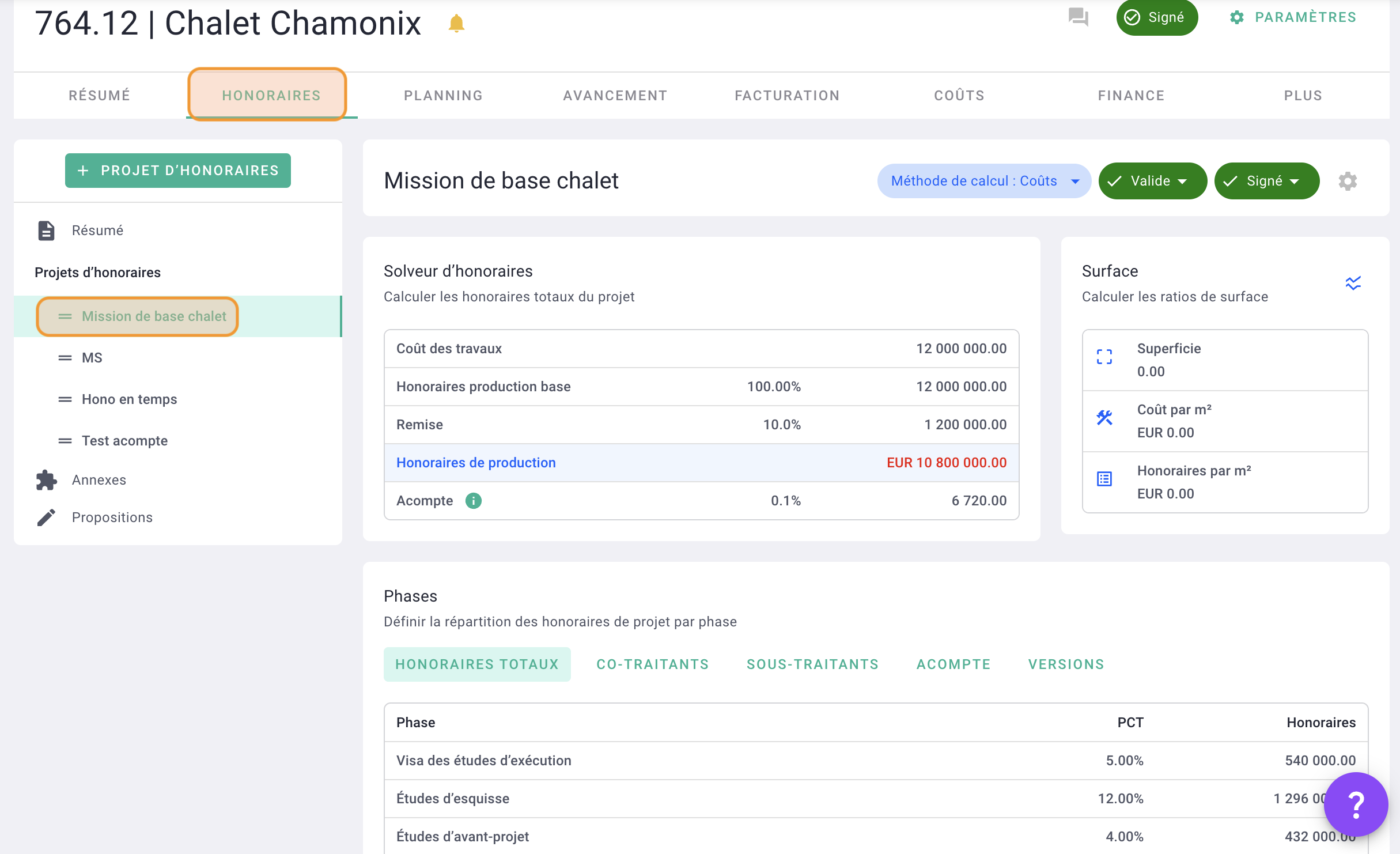
2) Operational management
Your project lives with phases and periods, it is the production schedule. Follow and manage your production schedule, phase by phase in order to deliver your business on the delivery date.
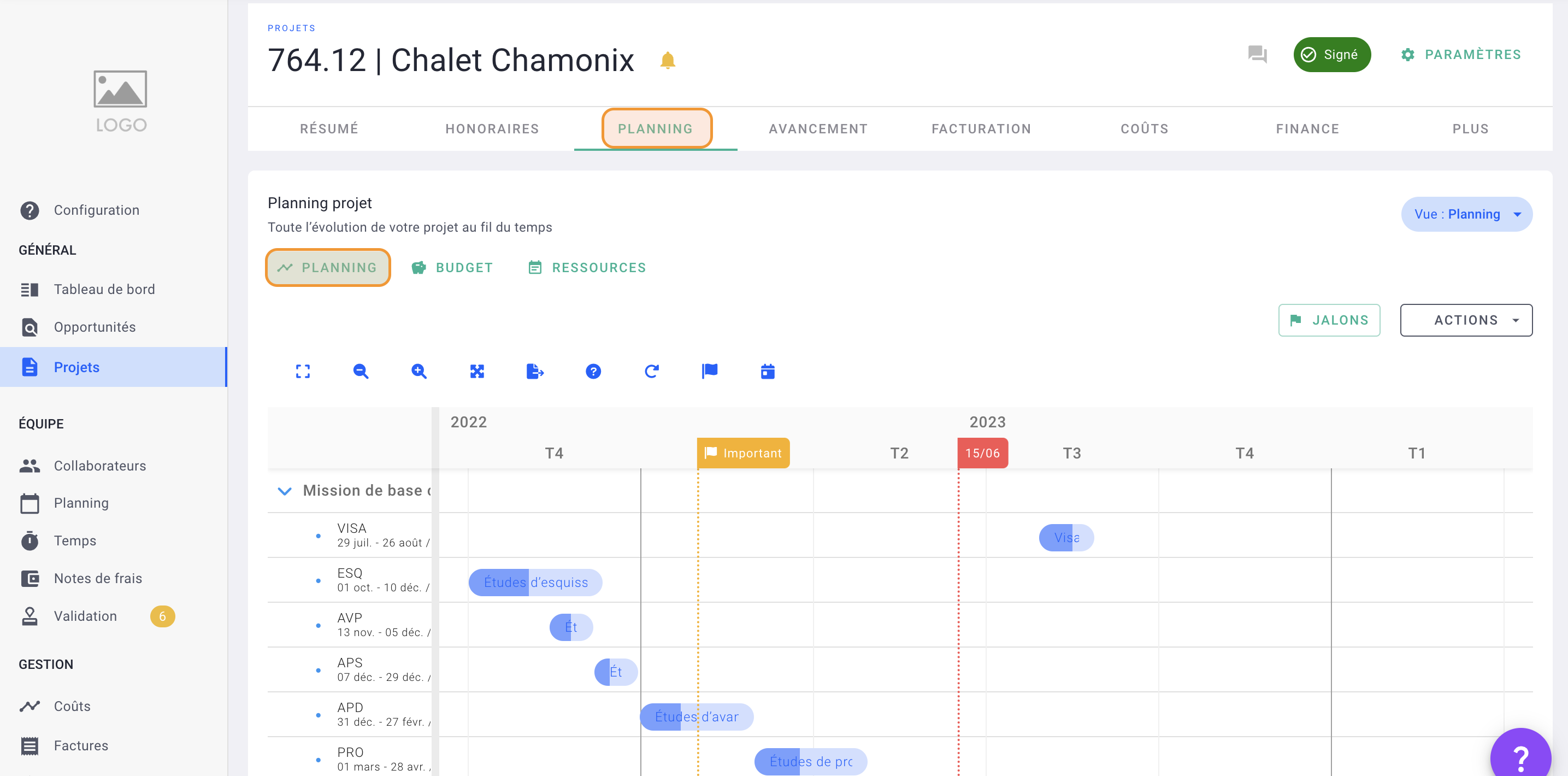
Your teams will be able to manage this schedule and also indicate the evolution, the rendering of the phases with the progress.
3) Invoicing
Invoice your project based on production (progress), billing schedule or time spent.
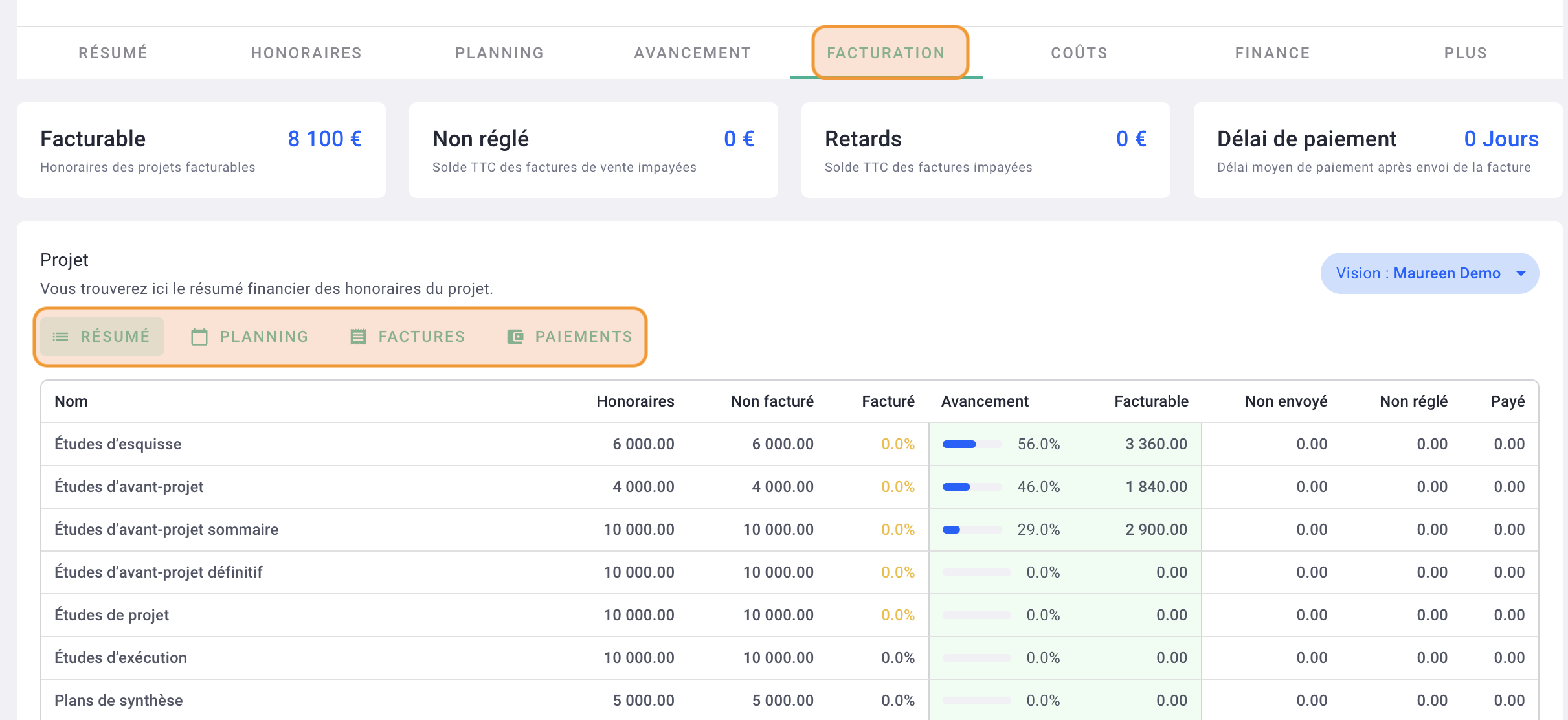
4) Costs
Projects involve more than just revenue; they also include costs such as labor costs (team hours), purchase invoices (subcontracting/service providers), expense reports, and overhead costs.

5) Optimal steering
Your projects progress thanks to your teams. To optimize management, use tracking tools like the budget (time allocation available based on fees vs. actual time spent) and resource planning (workload planning) to stay ahead.
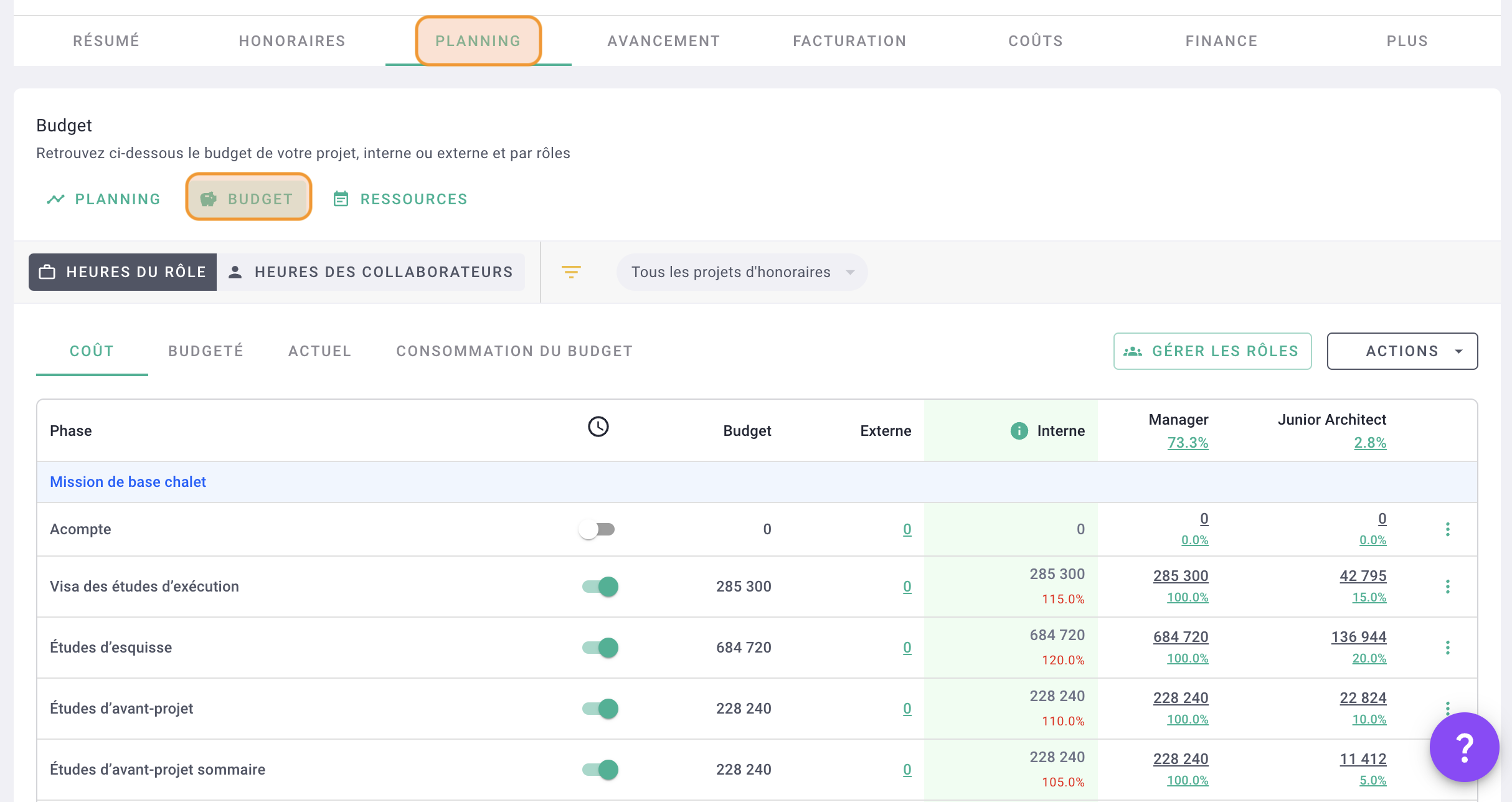
6. Analysis
Reports, finances, and indicators provide real-time information, encompassing all the elements mentioned above, allowing you to analyze the health of your projects and your agency.
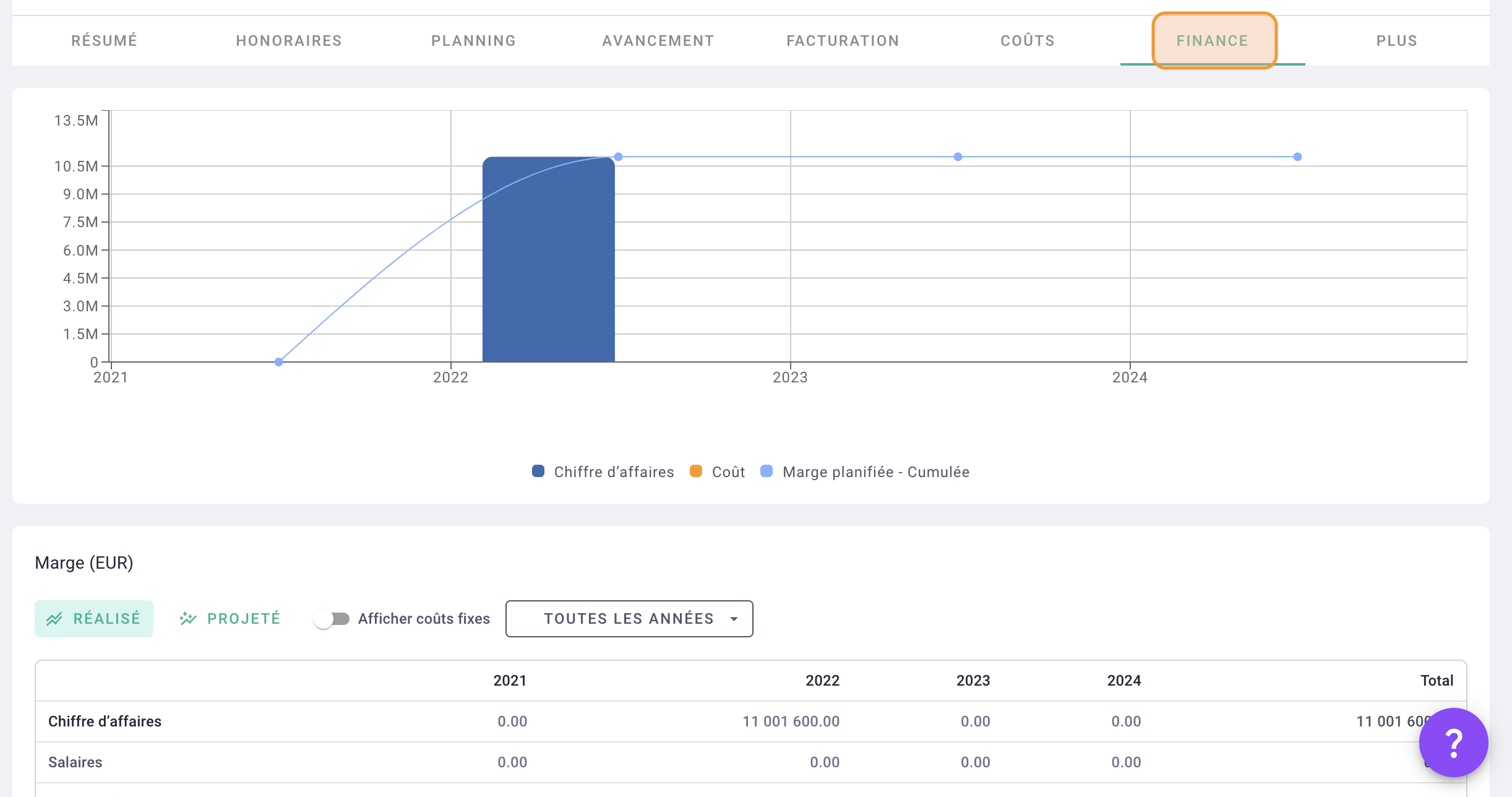
II/ Project categories
1) Simple project
A simple project is considered a project that is not complicated (haha).
It consists of one or several missions: full/basic mission, additional mission, amendment, firm tranche, etc., without co-contracting or subcontracting.
In terms of invoicing, you will invoice only one client.
2) Co-contracting project
In a co-contracting project, the project fees will be the fees of the group or consortium.
Add all project actors: engineering firms, landscapers, architectural agencies, etc., and then distribute the group's fees among these actors.
OOTI will generate PDF invoices as annexes for you to download and give to your co-contractors and the client.
3) Subcontracted project and/or direct payment subcontracted
In a subcontracting project, add the subcontractors' fees if they are part of the contract and distribute the fees accordingly.
Once added, you will invoice all the fees. The subcontractors' invoices will be allocated to the project to have a real cost analysis and, consequently, the project margin.
In a direct payment subcontracting project, add the subcontractors' fees as Direct Payment if they are part of the contract, and distribute the fees accordingly.
Once added, the direct ayment subcontractors' fees will be deducted from your invoice.
4) Intra-group project
Does your agency have several separate entities? Do you need to re-invoice between entities?
You can add your agency's different entities in OOTI, each representing a unique billing entity with a unique Company Registration Number.
Your projects can then be managed by the entities of your agency through internal co-contracting or subcontracting to manage intragroup re-invoicing.
5) Multi-client project
These are projects where you invoice multiple clients, and the contract fees are distributed among them.
